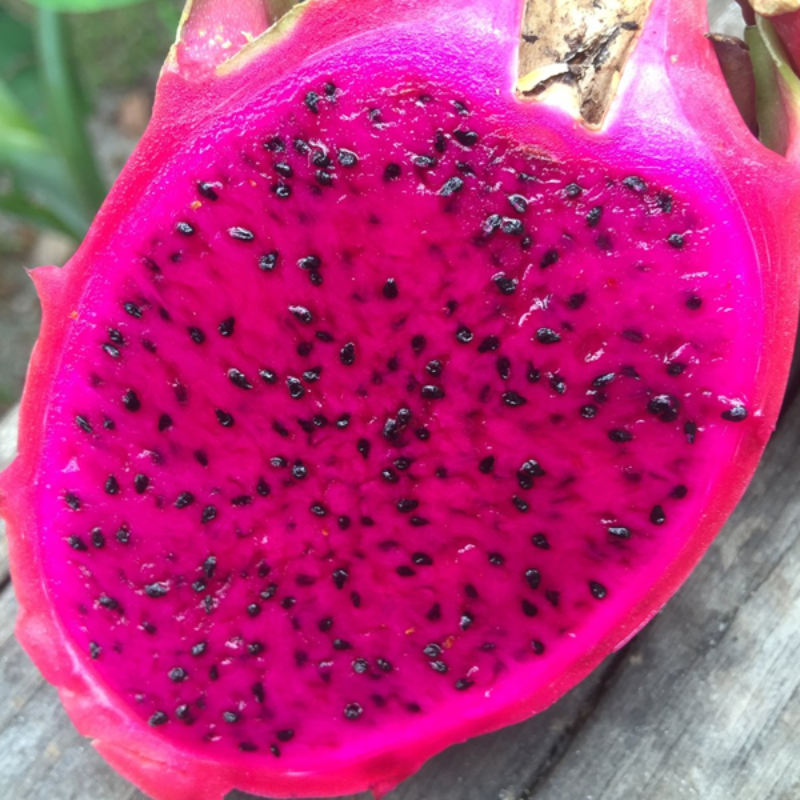- Species and varieties: Pink pitaya, also known as dragon fruit, belongs to the species Hylocereus undatus. There are several varieties of dragon fruit, including Hylocereus costaricensis (red flesh) and Hylocereus megalanthus (yellow skin with white flesh). The pink pitaya specifically refers to the variety with pink skin and white or red flesh.
- Hybrid or heirloom: Pink pitaya seeds can be both hybrid and heirloom. Heirloom varieties are often preferred for their consistent flavor and traditional cultivation methods, while hybrid varieties may offer improved disease resistance and yield.
- Pruning and training: Pruning is essential for pink pitaya to encourage healthy growth and fruit production. Remove any dead or damaged stems and train the plant to grow vertically using a trellis or support structure. This helps improve air circulation and sunlight exposure.
- Fertilization needs: Pink pitaya benefits from regular fertilization. Use a balanced fertilizer with equal parts nitrogen, phosphorus, and potassium (NPK 10-10-10) during the growing season. Organic compost or well-rotted manure can also be applied to improve soil fertility. Avoid over-fertilizing, as this can lead to excessive vegetative growth at the expense of fruit production.
- Hardiness zones: Pink pitaya is suitable for USDA hardiness zones 10-11. It can also be grown in containers in cooler climates if brought indoors during the winter.
- Climate requirements: Pink pitaya thrives in warm, tropical, and subtropical climates. It requires temperatures between 65°F to 85°F (18°C to 29°C) and cannot tolerate frost. The plant prefers full sun but can tolerate partial shade.




